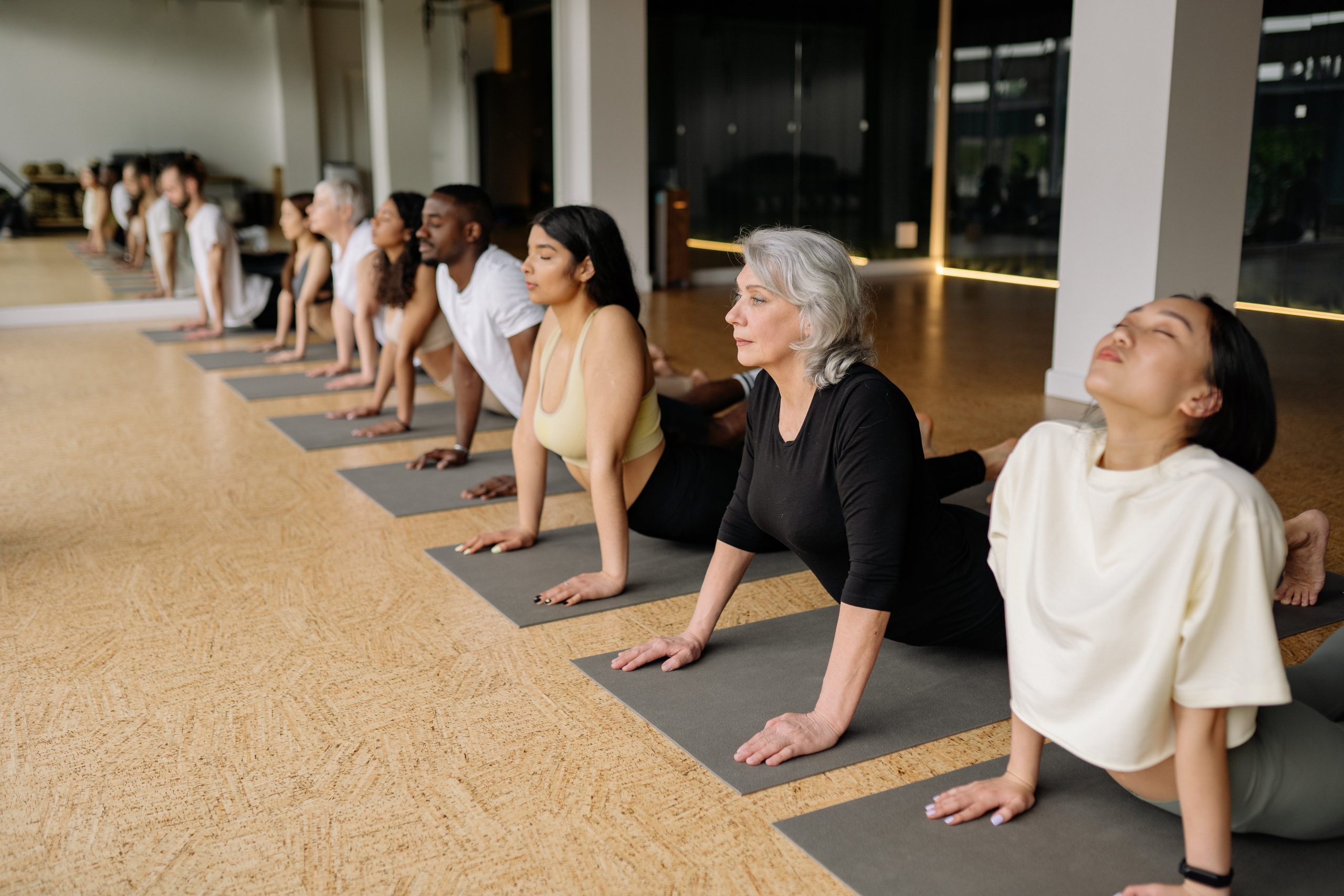From which workouts to do for different goals, to the right split of days and dealing with muscle soreness, there are many questions to ask when starting a fitness journey. This can be overwhelming and may even demotivate those wanting to exercise more.
However, as AI continues to make its way into the fitness industry, with new apps being developed, there’s more opportunities for these questions to be answered, without even speaking to a human. Whilst ChatGPT allows the fitness industry to be more accessible, how effective can AI be compared to a human personal trainer?

We have uncovered the most searched for fitness questions and asked ChatGPT for the answers, which Kieran Wake, qualified personal trainer and owner of Squad Personal Training, has then analysed to reveal if these AI answers are effective in practice (or not).
In the past 12 months, searches for a ‘4-week workout plan’ has seen a +53% increase [2]
With people focused on establishing an exercise routine, Grosvenor Sport asked Chat GPT to ‘create a detailed 4-week fitness plan’.
Weeks 1-2: Foundation Building
Day 1: Full-body strength training (e.g., bodyweight squats, push-ups and bent over bodyweight rows, 3 sets of 10-12 reps)
Day 2: Cardiovascular exercise (20 minutes of brisk walking or jogging)
Day 3: Active recovery (light activity such as walking or yoga)
Day 4: Full-body strength training (e.g., dumbbell lunges, dumbbell bench press, lat pulldowns, and side plank)
Day 5: Cardiovascular exercise (25 minutes of cycling or elliptical training)
Day 6: Flexibility and mobility (15 minutes of stretching or yoga)
Day 7: Rest or light activity
Weeks 3-4: Progression and Variation
Continue with Days 1-7 from Weeks 1-2, but make the following adjustments –
Increase strength training repetitions to 12-15
Add variety to your cardio workouts (e.g., try a new activity)
Increase flexibility and mobility session duration to 20 minutes

ChatGPT also explains to ‘consult with a fitness professional to tailor the plan to your specific goals and ensure proper form during exercises’.
‘Best workout split for 3 days a week?’ saw a +300% increase [3] in the past year
Chat GPT answered that a workout split should include ‘strength training, cardiovascular exercise, and flexibility’.
Cardiovascular exercise (running, cycling, swimming, or brisk walking, 30-40 minutes of moderate intensity cardio
Flexibility (light activity – walking, yoga or stretching, 20-30 minutes of stretching or yoga to improve flexibility and reduce muscle tightness)
Again, AI explained ‘If possible, consult with a fitness professional to tailor the plan to your specific goals and ensure proper form during exercises.’
‘Should I workout when sore?’ has also seen a +100% increase [4], in the past 12 months
Chat GPT’s answer mentioned ‘Delayed Onset Muscle Soreness (DOMS)’ and explained its ‘normal, especially when you start a new workout routine or increase the intensity of your exercises’.
It’s okay to work out when you’re mildly sore
Light exercise can sometimes help alleviate muscle soreness by increasing blood flow and promoting recovery
Listen to your body, modify intensity and warm-up properly
Hydrate and nutrition
Recovery techniques such as foam rolling, stretching or massage
It’s crucial to incorporate rest days into your routine
After analysing AI’s fitness plan, Kieran Wake, qualified personal trainer and owner of Squad Personal Training, explains that:
AI doesn’t consider missing a workout
‘There are a few issues focusing on three areas of fitness all at once, which AI has incorporated – strength, cardiovascular fitness and flexibility. Again, life gets in the way, and if you miss one session you might struggle to build consistency and progress over time. Only doing 3/4 sets on a muscle group per week could also really slow down progress with building muscle tissue and strength.’
AI is restrictive
‘It’s so hard to prescribe a training program without having eyeballs on the client. A plan is a start and can be used as a framework, but exercise regression and progressions will be vital for anyone’s training program to see development. Structurally the training advice is of good quality, as if it’s from a textbook. However, within training and when working with actual people who have jobs, children, life stresses, etc, so many things change daily, and the AI plan is therefore highly restrictive.’
AI’s advice on muscle soreness is practical
‘The information regarding training when experiencing muscle soreness is excellent. It’s hard to differentiate between muscle soreness, fatigue and injury as a beginner. So normalising soreness while understanding that the ‘no pain, no gain’ culture is outdated and often leads to poor results long-term is useful.’

Wake adds that starting your fitness journey begins with ‘Finding a mode of training you enjoy, and which is based on progression’:
‘Make yourself accountable, get a coach, set goals, set daily/weekly targets and track data
Focus on being consistently good not inconsistently perfect, life happens, draw a line under and move forward
Don’t lift too heavy to start with, instead focus on technique and use a full body approach to build up to it’
Finally, Kieran Wake concludes:
‘Find out your real ‘why’ by focusing on the person you want to become and how that person would act and then fill the gap with your actions. Also, be patient and get obsessed with the journey, not the destination. Too many people focus on the end goal rather than enjoying the progression along the way. Lastly, centre your intentions on long term consistency rather than short-term intensity.’
Methodology
To collect data on the most asked questions, we used AnswerThePublic, Google Trends and KeywordTool.io to find the fitness questions with the highest search volumes and trends
08.01.2024 KeywordTool.io
08.01.2024 Answer the Public
30.01.2024 Google Trends

